Have you ever observed something in progress? While evidence of man-made progress is generally observable, Mother Nature takes a rather slow, gradual, and unobtrusive path. She takes a lot of time—sometimes counted in tens, hundreds, or thousands of years—to heal, improve, or change the environs of a place. Seeing Mother Nature at work, even in her subtlest, is a wondrous and captivating experience. We saw evidence of that progress in San Vicente Marine Sanctuary in Olango Island across Mactan in Cebu, Philippines.
Once a thriving area filled with all sorts of marine creatures, the shores around barangay San Vicente suffered massive damage from years of dynamite fishing, massive shell harvesting, pollution, and harmful boatman practices. The LGU and Bantay Dagat officially established San Vicente Marine Sanctuary after realizing the need to preserve the surrounding mangrove forests, coral reefs, and marine resources to ensure a sustainable livelihood of the locals. So far, the sanctuary has recovered beautifully.
Last month, we had a chance to visit the sanctuary and participate in doing an outreach program organized by our friends Loraine and Lai.
At around 9AM, we departed from the port of Punta Engaño, leaving behind the iconic three towers of Movenpick Hotels and Resorts. It must be a great experience to stay in any of those luxury rooms and being pampered like royalty, even for one night.
The Punta Engaño wharf is also the starting point of several boats heading to Bohol. If you want to do some island hopping in the Hilutungan Chanel, this is the place to go as there are plenty of boat operators who are willing to whisk you to our local paradises.
We are quite happy to be still alive to witness the massive economic boom of Mactan, our beloved home island. We could see new, massive, multi-story condominiums and hotels being built on the eastern side of Mactan Island.
Outreach Program
Upon arriving at Olango Island, we took a tricycle to Barangay San Vicente. We then headed to the barangay’s basketball court, and the barangay officials welcomed us and announced the event on the public loudspeaker. Yes, it was heard all over the barangay! Imagine our shock when more than 250 kids arrived at the court; we were expecting only a hundred or so.
After the headcount, a prayer and a simple introduction, Raine and Lai started the event with a storytelling session. They told the tale of Lana Sardinas, a children’s story about loss, forgiveness, and hope. But more than just a child’s tale, it teaches children about the importance of protecting the sea.
Lana Sardinas is a children’s book written by May Lilian Maraviles, Loraine’s sister. If you remember, Loraine and May went with us during our Batangas and Cavite sojourn.
While Loraine and Lai captured the children’s imagination through the enchanting tale, Sweetie and I helped prepare sandwiches for the kids. We were assisted by these two jolly mothers. They were in the middle of their laundry and stopped what they were doing to help us prepare the snacks.
Snack time! For the kids, this is the best part of the outreach program. They were given sandwiches and juice.
However, we did notice that a lot of kids are dirty and malnourished. Many are suffering from some kind of skin disease. When we pointed this out to the barangay captain, she said that due to poverty and a lack of proper family planning, parents keep producing children to a point that they can’t properly take care of them anymore.
After the children consumed their snacks, Sweetie hosted the popular “The Boat is Sinking” game. From the photo below, it looks like the children are having a great time!
For a more detailed story about this very noble outreach program, read An Educational Outreach for Kids of Olango Island at A Nerdy Mummy blog. This new and interesting blog, which is penned by Lai, talks about parenting, food, inspiration, and more.
San Vincente Marine Sanctuary
After the outreach program, we hired a tricycle to take us to the relatively unknown San Vincente Marine Sanctuary. We traveled on the same road to go to the Olango Island Bird Sanctuary.
In just around 15 minutes, we arrived at the entrance of the marine sanctuary. With trimmed plants and manicured gardens, the drop-off area looks more like a pleasant family resort than a sanctuary.
Just like in the Olango Island Bird Sanctuary, LGU personnel who take care of San Vicente Marine Sanctuary make use of recycled bottles to create retaining walls and flower beds. Ingenious and eco-friendly indeed! They also use driftwood and indigenous materials for other structures and crafts.
Olango Island is a haven of master craftsmen. The place has a small store where guests can buy shellcraft and woodcraft items that are painstakingly handmade.
We registered and paid the entrance fee at the sanctuary’s public assistance center. The center also has a number of information boards that tell a lot about the history and the species that inhabit the sanctuary.
According to the personnel who were stationed there, we came at a bad time because it was low tide. Our eyes lit up in excitement; that is actually the best time to snorkel! Apparently, more people come here to purely swim for enjoyment rather than to snorkel.
To go to the marine sanctuary, we need to walk down this 500-meter bamboo boardwalk which cuts across a large patch of healthy mangroves. Check out their pneumatophores, those spike-like protrusions at the left quarter of the photo. Those are the mangrove trees’ breathing organs.
Sign boards also tell us the local and scientific names of some species of trees and mangroves in the area
Suddenly, the mangrove forest gives way to this expansive sight of the Hilutungan Chanel and Mactan Island. Isn’t that a gorgeous sight?
Those rich mangroves provide protection and shelter for baby fish and other marine creatures before they mature and head out to sea. Mangroves also act as buffers, protecting coastline erosion.
Along the way, we passed by this washed-away and marooned marine creature. We are not really sure what it is, but from the looks of it, it resembles the Portuguese man o’ war, a poisonous siphonophore. A siponophore is not a multi-cellular organism but a colony of individuals called zooids. They are physiologically connected to each other to an extent that they cannot survive independently.
After 10 minutes of walking and taking photos, we finally reached the sanctuary’s staging point, a floating bamboo raft connected to a stilted observation deck. We took a hearty no-rice lunch in the breezy, open-air deck before commencing our snorkeling activity.
Because it was low tide, we had to wade for quite sometime into knee-deep water to reach the coral field. See those boats anchored way ahead of us? That’s where we were headed.
The shallow part of the sanctuary is composed mostly of sea grass and thick kelp that entangle your feet. While they may be a nuisance to us, they make excellent homes for starfish, crabs, shellfish, and other organisms.
According to the local LGU personnel, there were once sea turtles here. However, the Hilutungan Channel became a very busy shipping lane. The presence of too many vessels, together with the noise and the pollution they make, drove the turtles away.
The main sanctuary is made up of chunks of large rocks in which corals have grown. Decades ago, overfishing, pollution, and the over-harvesting of shells and corals severely damaged this reef to oblivion. But now that the place has been officially declared a sanctuary, it has made a slow but steady comeback. Corals are now taking root on the rocks.
Some areas are recovering faster than others. The temperature, current, and other sea conditions play a vital role in the recovery of the sanctuary.
Clusters of sea anemones make ideal, protective homes for these clownfish. Their symbiosis is mutually beneficial; they protect each other from predators.
Soft and hard corals are beginning to sprout from once-bare rocks. They look quite healthy, and we hope they will stay this way for many years to come.
Here’s a giant coral growing alone in a vast field of sea grass. It reminded us of the popular Afro hairstyle back in the 70s.
That’s a lot of soft corals. Care should be taken not to touch them as they are very delicate. The slightest brush can slough off their protective coating of mucous.
San Vicente Marine Sanctuary is also a nice dive site that is becoming rapidly popular. In fact, while we snorkeled there, a group of beginners had their DSD in the sanctuary. While there is not much to see at 10 to 20 feet except for rocks, corals, and fish, we believe that there should be lots of interesting things and more marine organisms in deeper parts of the sanctuary.
Check out that large school of fish!
Wow! That’s a whole village of fish right on top of a patch of staghorn corals.
A group of small fish hid in the crevices of a staghorn coral as we approached them. Healthy corals provide fish and other marine creatures much needed shelter from predators.
That’s a small but menacing crown-of-thorns starfish. Considered a pest, the crown of thorns’ usual diet are the corals, and a large colony can irrevocably damage a reef. Those sharp spikes are poisonous, requiring surgery to remove them if they’re embedded in the skin.
We had a great time snorkeling around the sanctuary, but all too soon, it was time to go home. The tide was receding rapidly, exposing a vast mudflat that is filled with kelp and seaweeds. The small creatures that hide here become healthy meals for local and migratory birds.
While San Vincente Marine Sanctuary is not as rich as the other marine sanctuaries we have visited, you have to understand that it is still recovering from heavy damage. There is still a long way to go. However, we commend the LGU and Bantay Dagat for their amazing job in protecting and managing the sanctuary. We wouldn’t be surprised that in a few years, we will be able to encounter turtles, sharks, rays, and other creatures, which after decades of absence, have finally returned home.
Special thanks to Loraine and Lai and her family for making us part of their advocacy. What you guys are doing is truly noble, and we are honored to have been invited to your outreach program.
Itinerary
9:30 AM – meetup, depart from Punta Engano Port
10:00 AM – arrival at Olango Island, negotiate tricycle fare for San Vicente
10:30 AM – start outreach program
12:30 AM – finish outreach program, head to San Vincente Marine Sanctuary
1:00 AM – arrival at San Vincente Marine Sanctuary, registration, lunch
1:30 PM – start snorkeling
2:45 PM – end snorkeling
3:00 PM – depart sanctuary and head back to port
3:30 PM – arrival at port, buy tickets
4:00 PM – depart Olango Island, Channel to Mactan Island
Budget*
- P 15 per person – boat fee from Punta Engano Port to Olango Island Port (x2 for round trip)
- P 5 per person – terminal fee (x2 for round trip)
- P 50 per person – tricycle fee from Olango Island Port to San Vicente Marine Sanctuary and back (group must have 6 members to fill the tricycle to avail of this rate)
San Vicente Marine Sanctuary Fees
* We did not include our expense for meals, snacks, souvenirs, tips, and other fees in this rate sheet as you may have different needs, preferences, itineraries, miscellaneous transportation, and sharing scheme from us. Note that all figures are subject to change without prior notice.
Tips
1. Be wary of tricycle drivers who overprice their fares.
2. Note that there are only a few tricycles in the San Vicente Marine Sanctuary that take you back to the town. So be sure to tell the driver to fetch you back at the sanctuary at a designated time. In fact, we strongly recommend getting your driver’s cellphone number and paying only half of the agreed fair upon reaching the sanctuary.
3. Bring packed lunch and cold drinks to the sanctuary since there are hardly any stores there. You can have your meal on the stilt bamboo observation deck. Note though that you cannot bring meals to the sanctuary itself.
4. Avoid making loud noises in the sanctuary.
5. Pack light but bring the following:
- water (at least 2 liters)
- dry clothes
- sandals
- umbrella, hat, or scarf and sunglasses
- rain gear (in case of bad weather)
- extra money for emergencies
- medications (if any)
- sunblock
- toiletries
- face towel
- snacks
- packed lunch
- mask and snorkel (don’t worry if you didn’t bring any. There are mask and snorkel sets for rent)
8. The sanctuary is a protected area. To preserve it, don’t throw your litter anywhere. Throw them in designated trash bins in the sanctuary. Don’t disturb wildlife, and don’t take anything from the sanctuary.
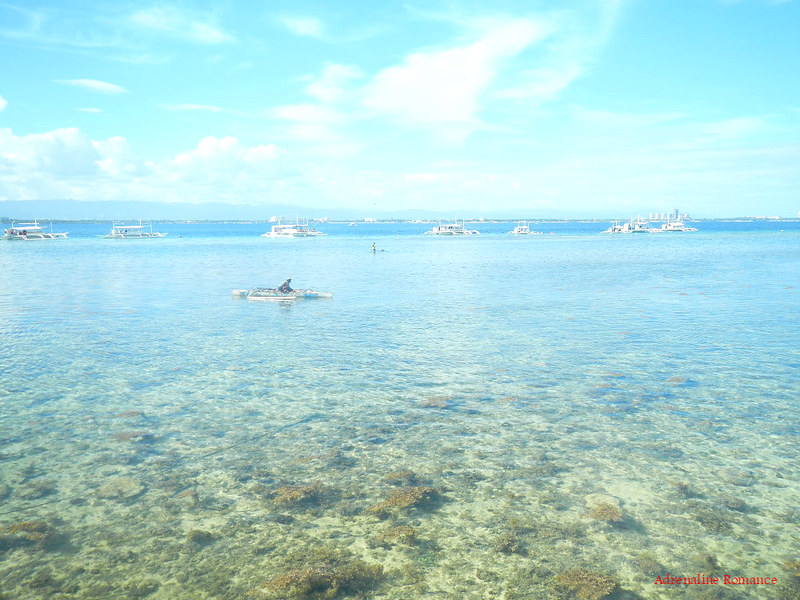


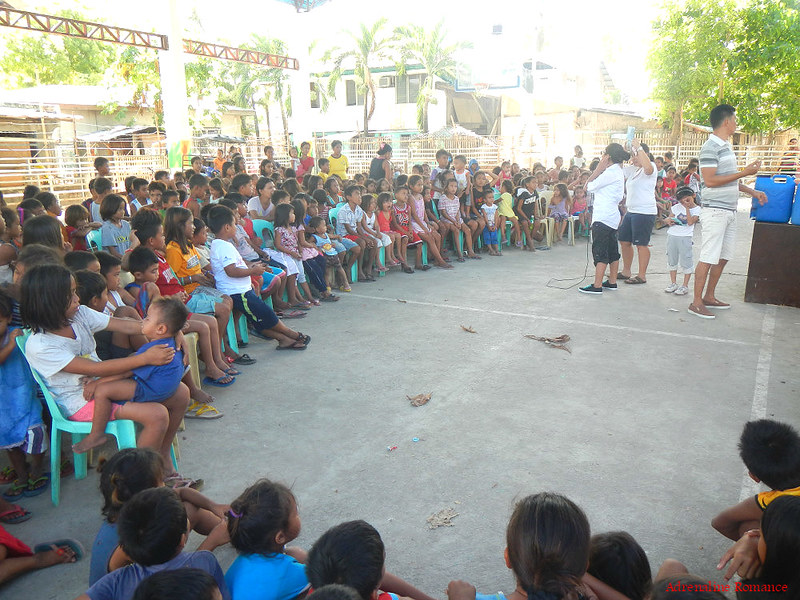
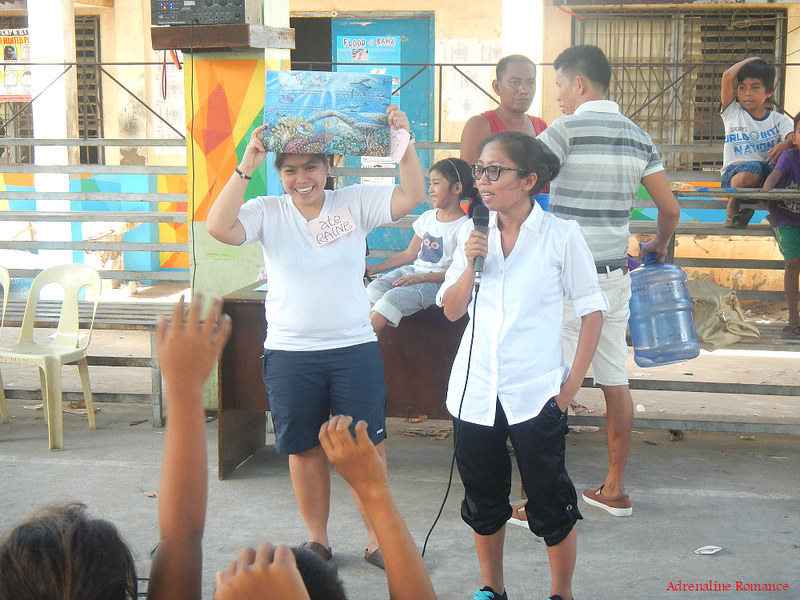
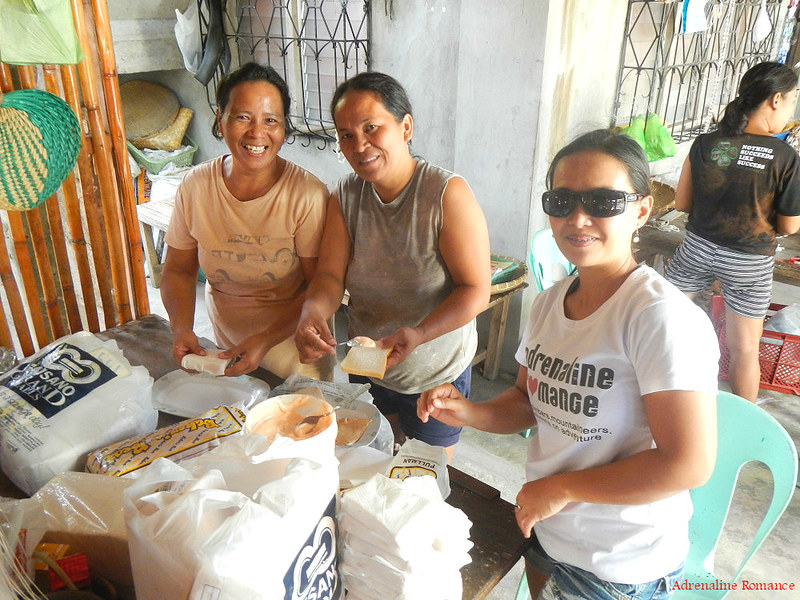





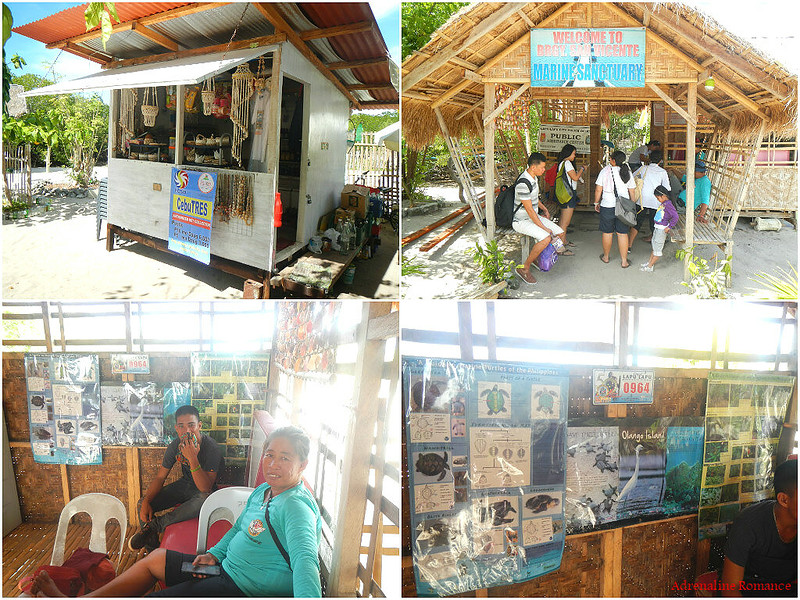

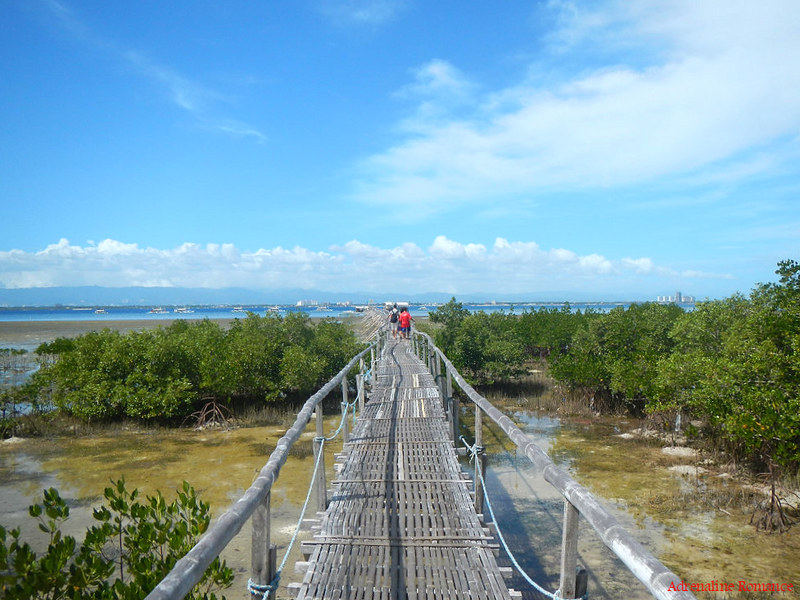
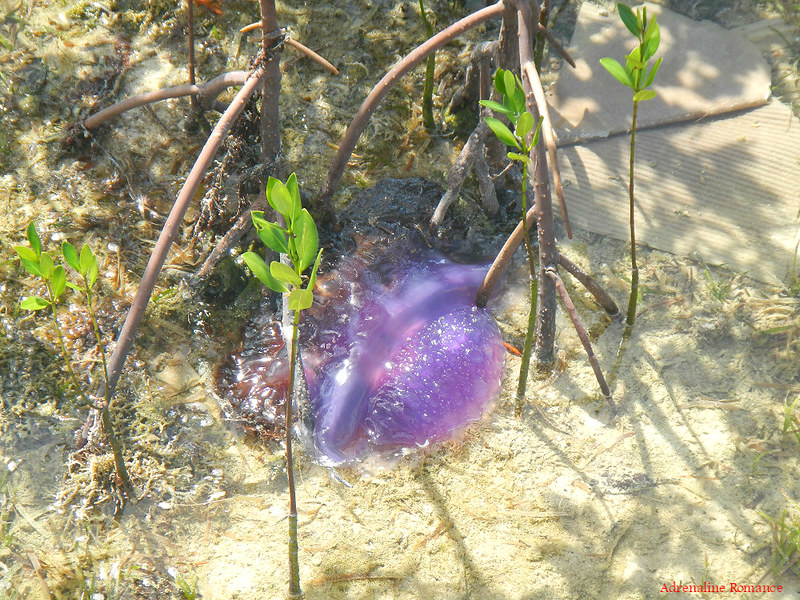
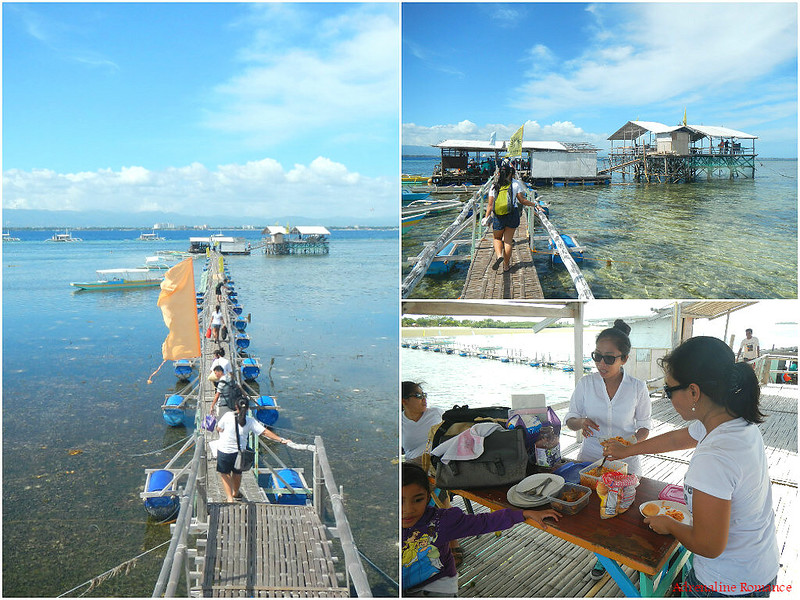
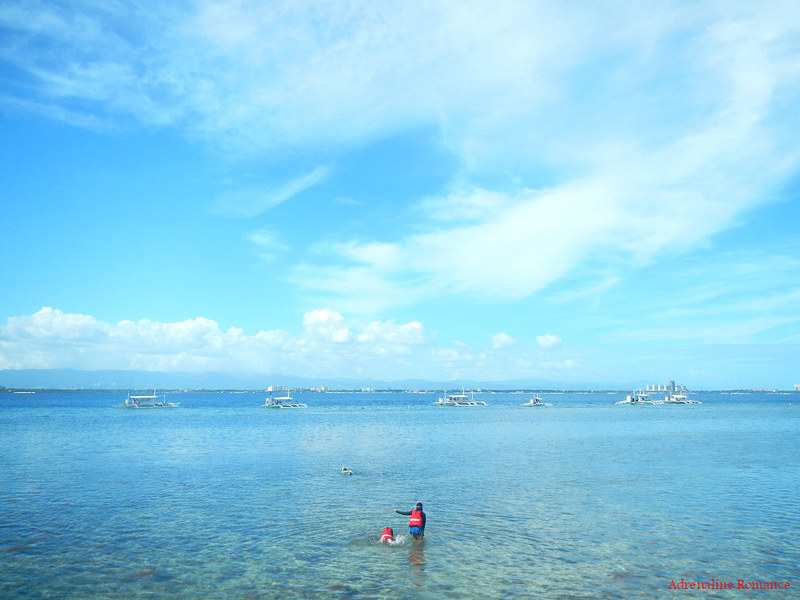
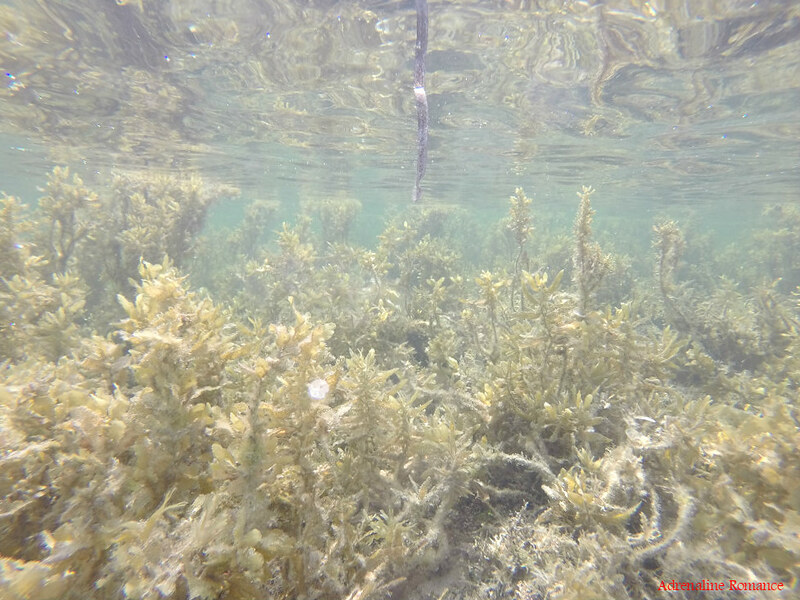
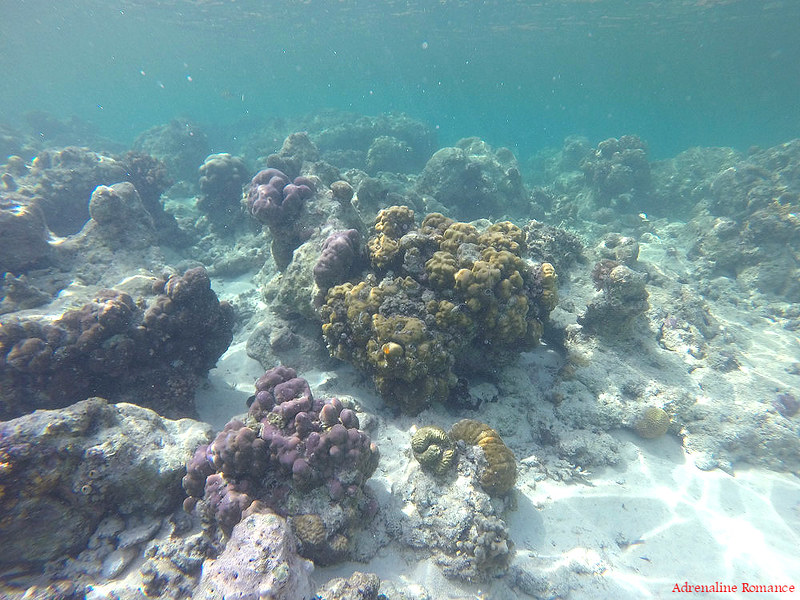

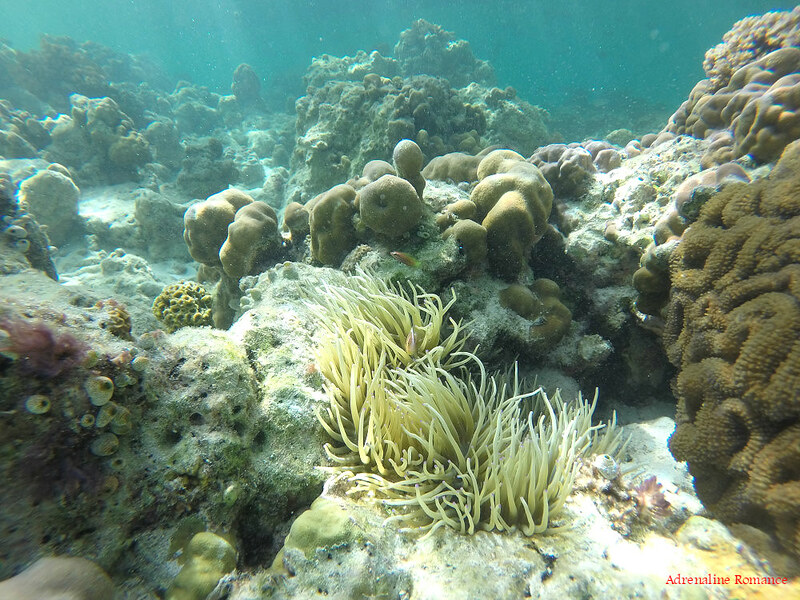

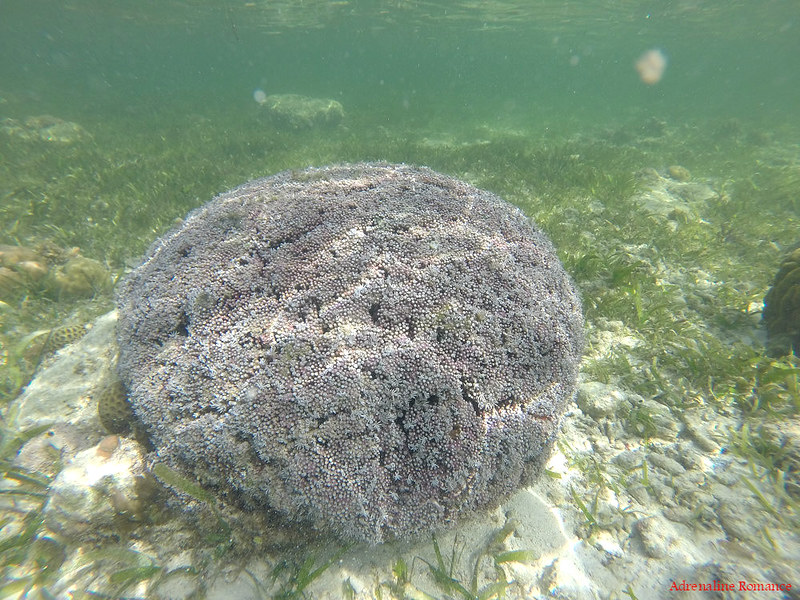
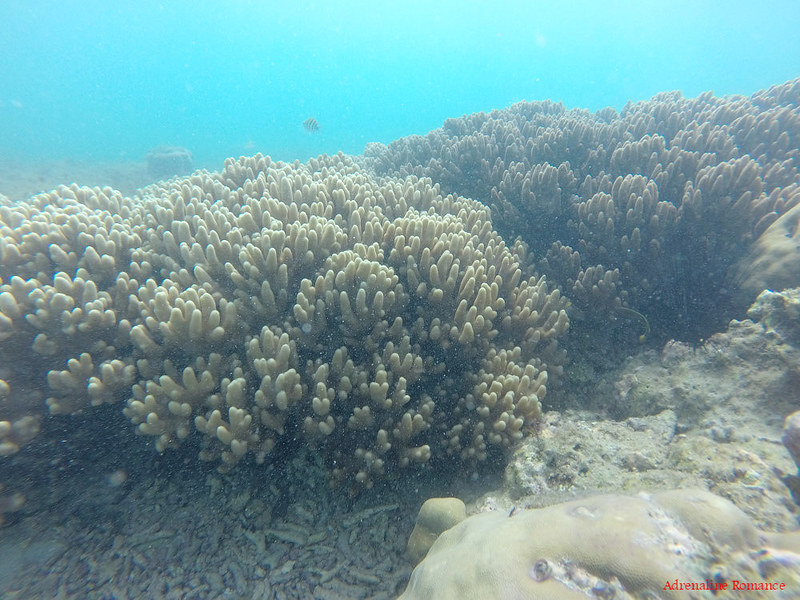

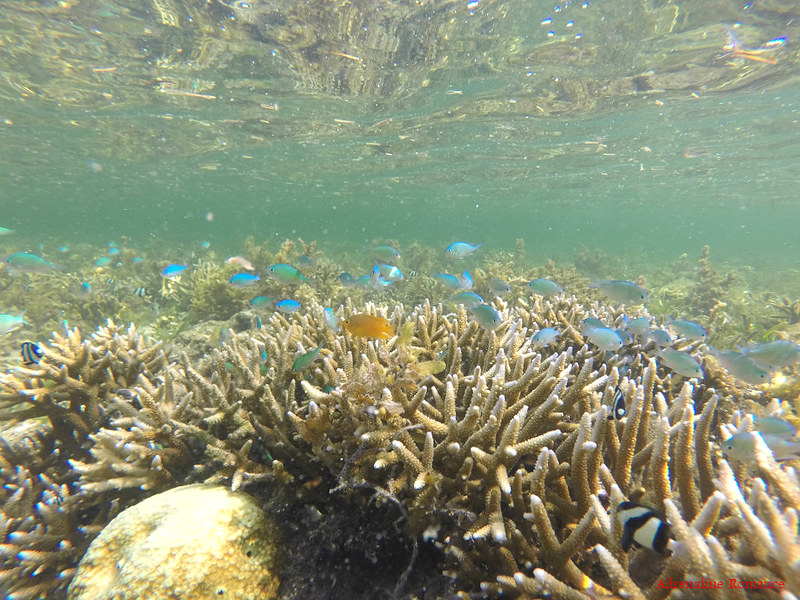

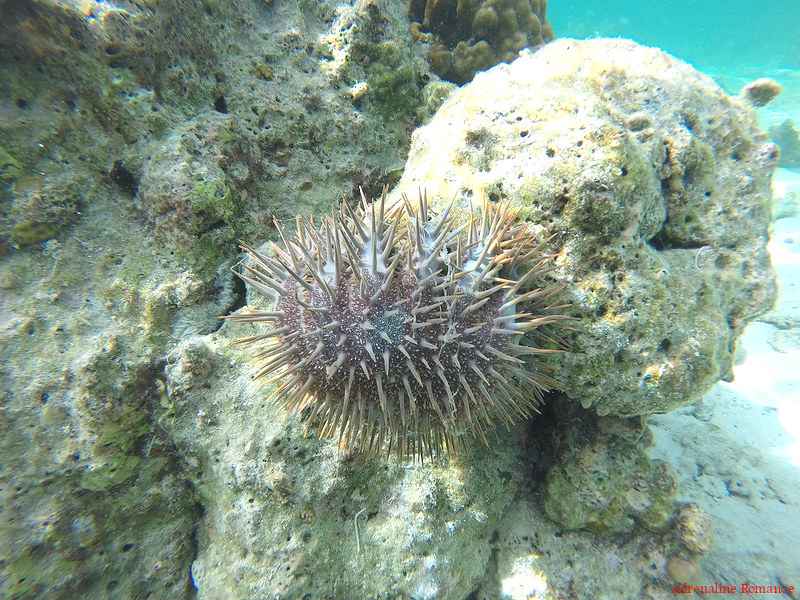
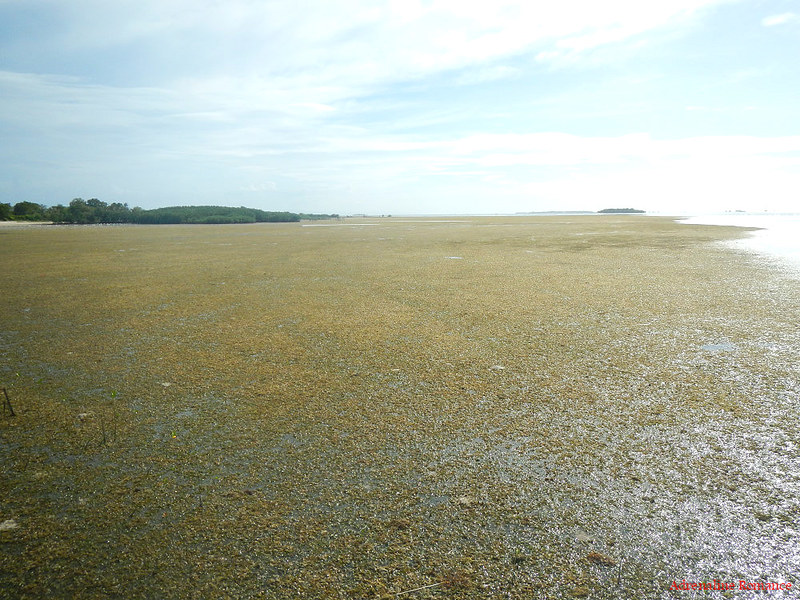

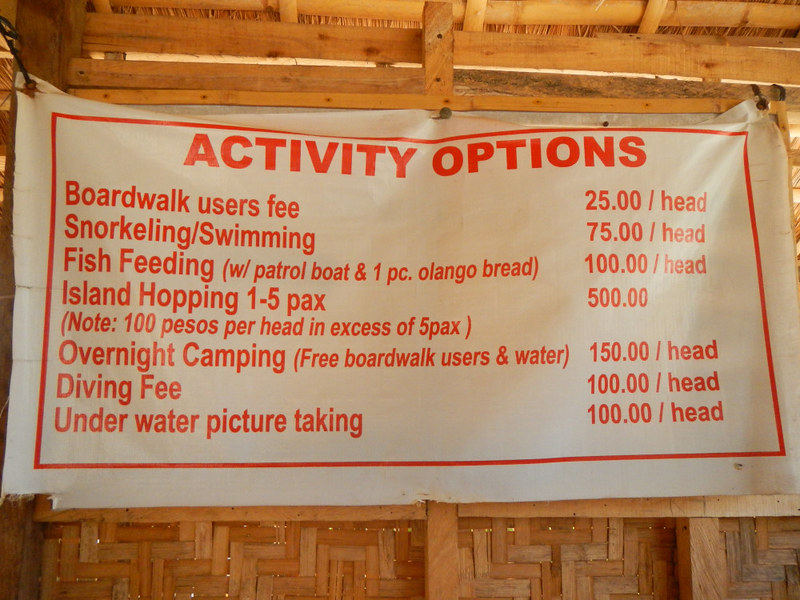
Thanks a lot for featuring our place😃😃😃😃😃😃
Hi Tina,
It’s our honor and pleasure. 🙂 Please do invite us if you want us to feature some other attractions there. 🙂
[…] Marine Sanctuary, I highly suggest you visit Olango Island as soon as you can or you can also read this post by my good friends from Adrenaline Romance (they have great underwater photos from the […]